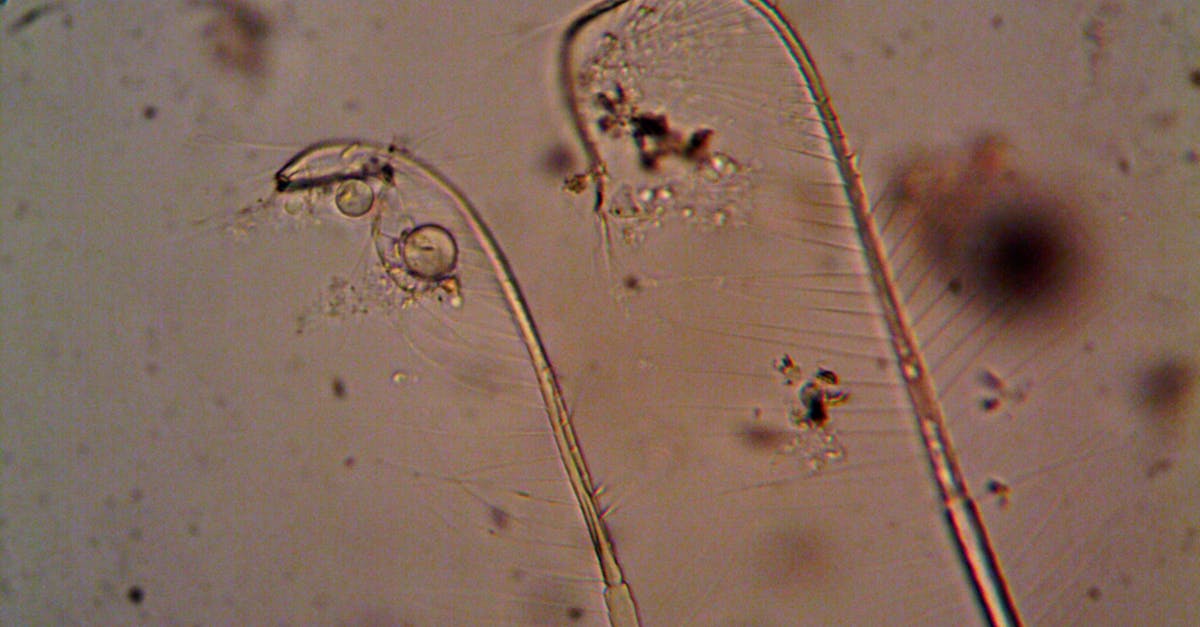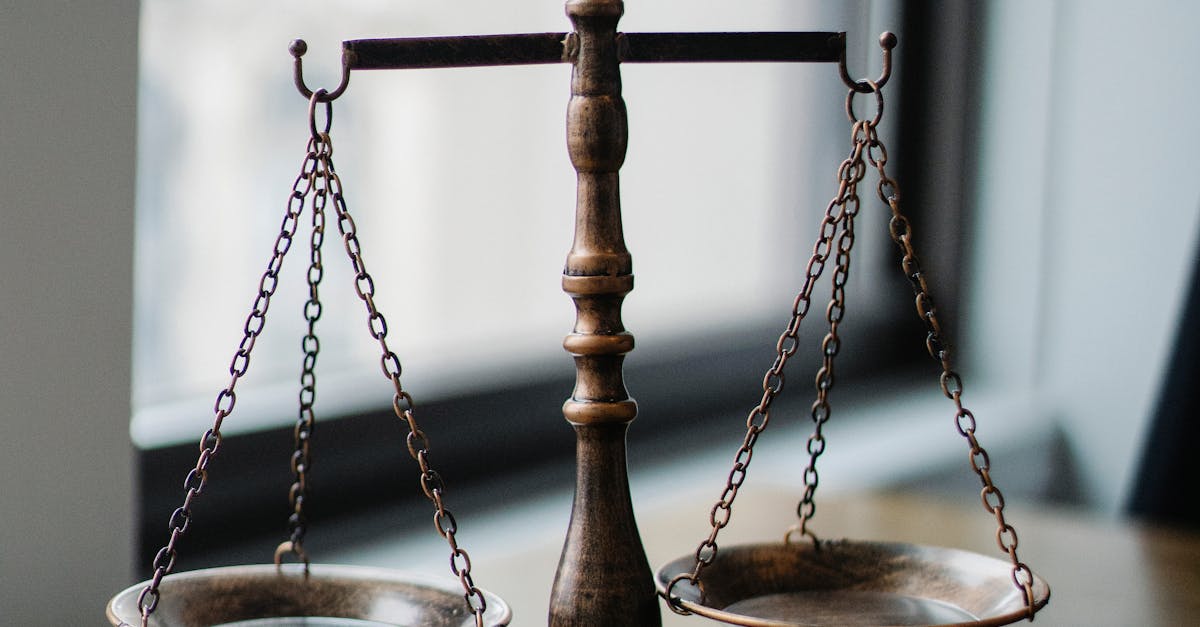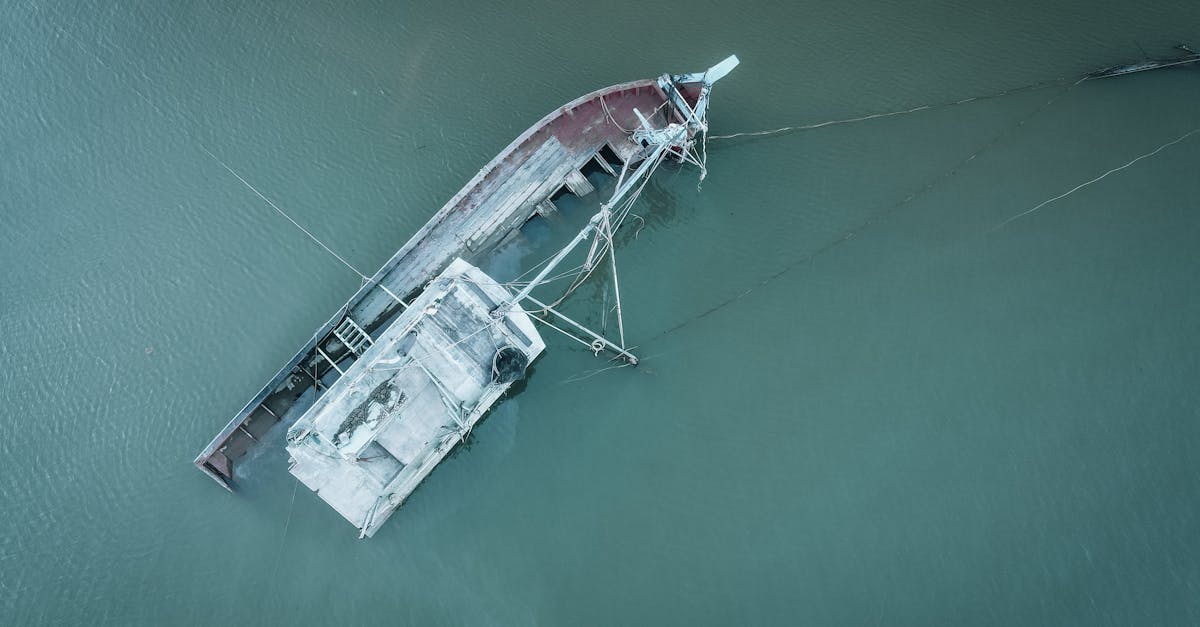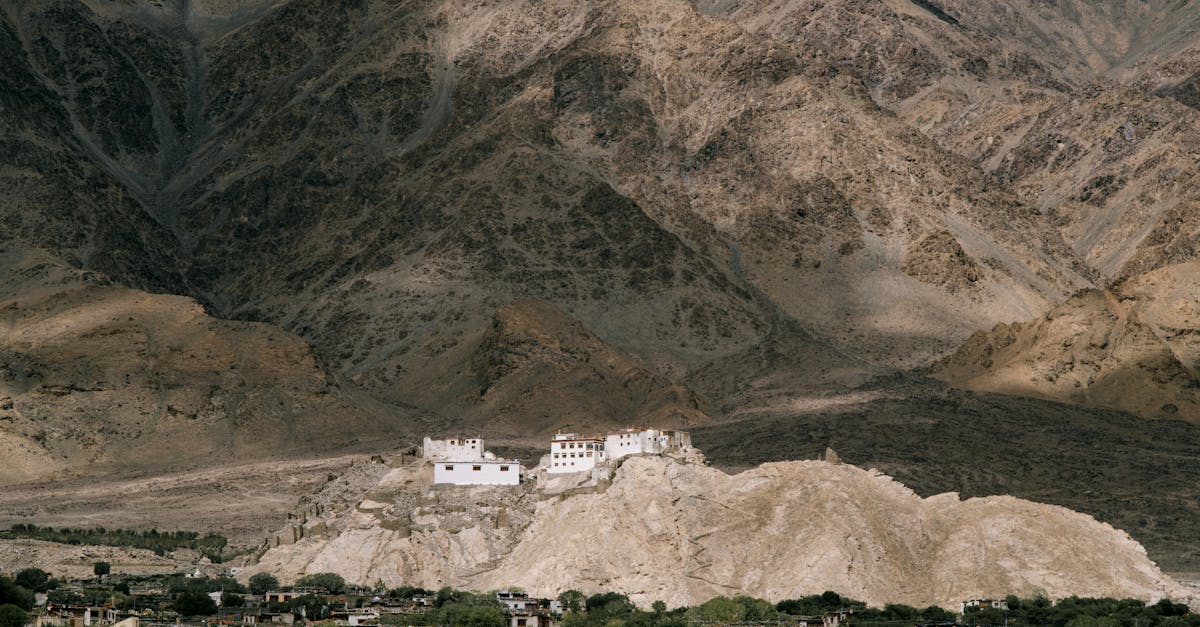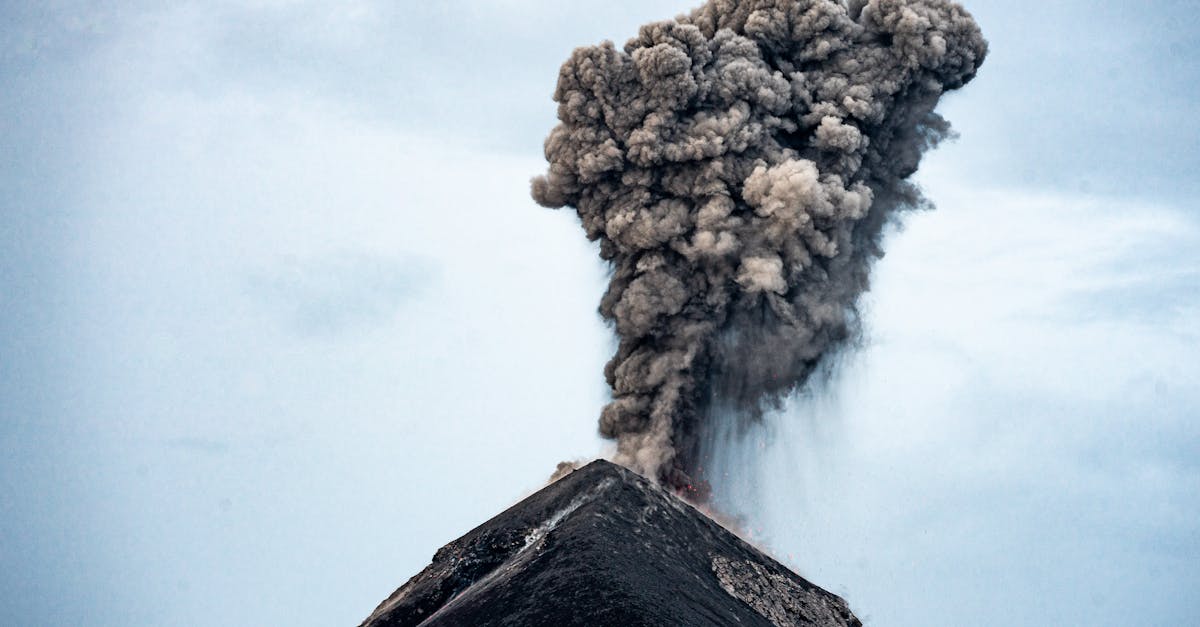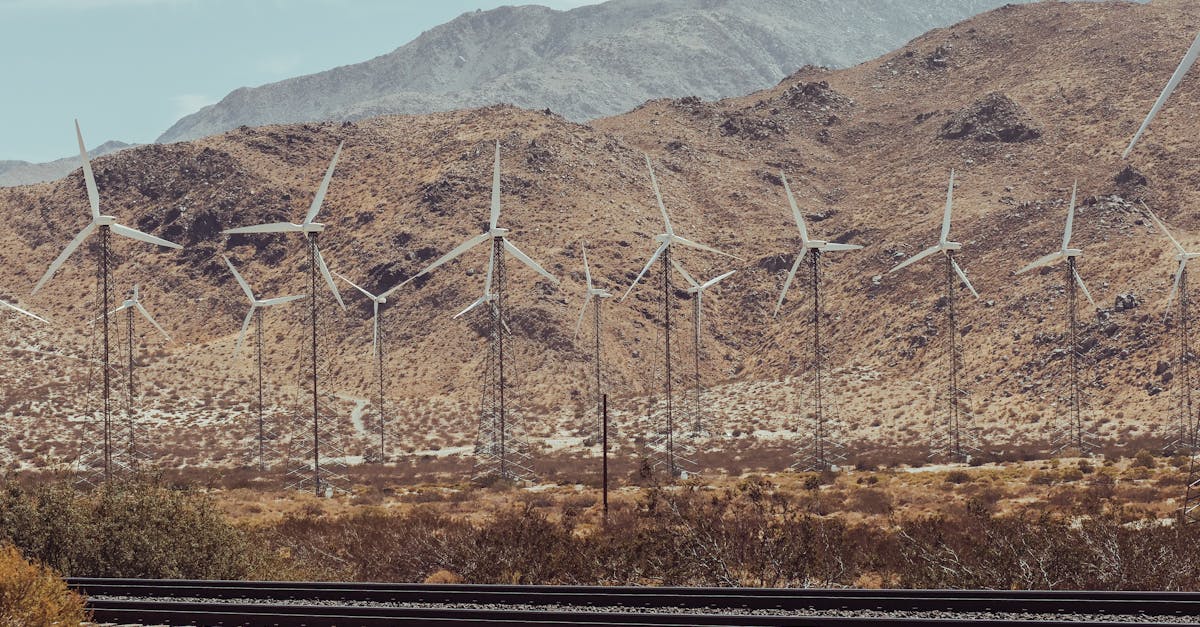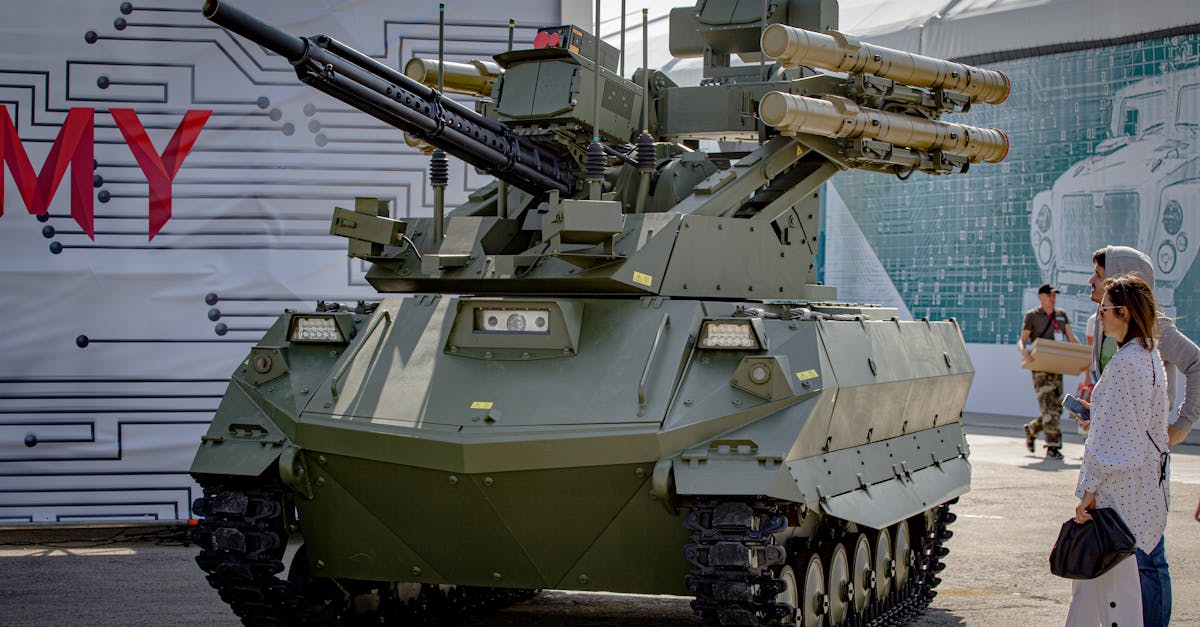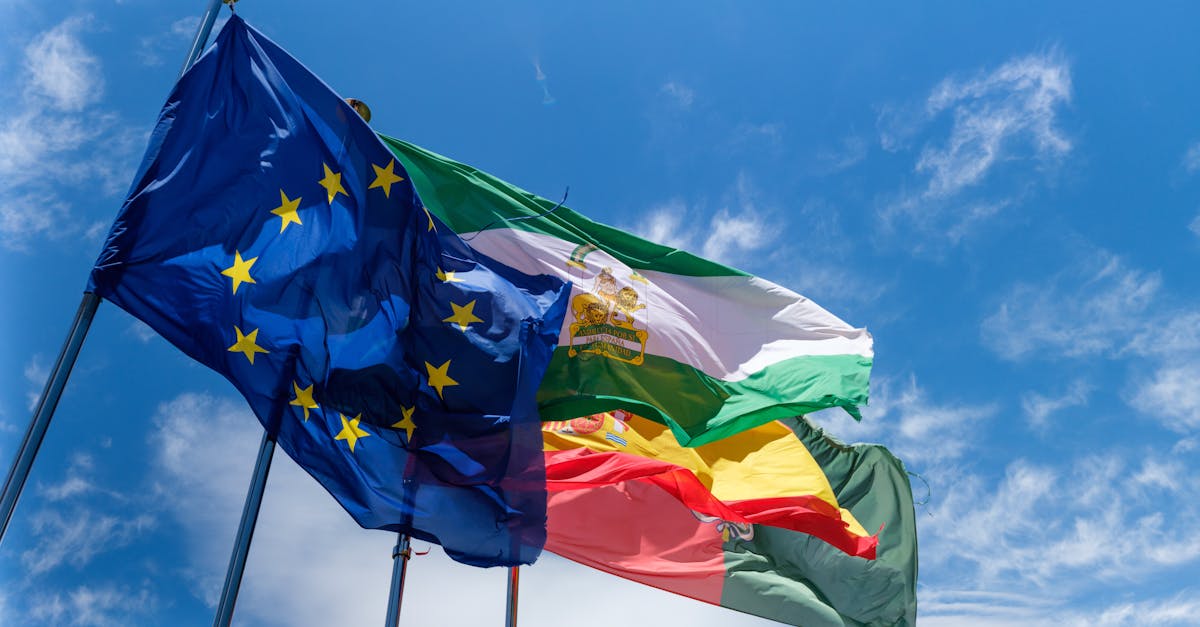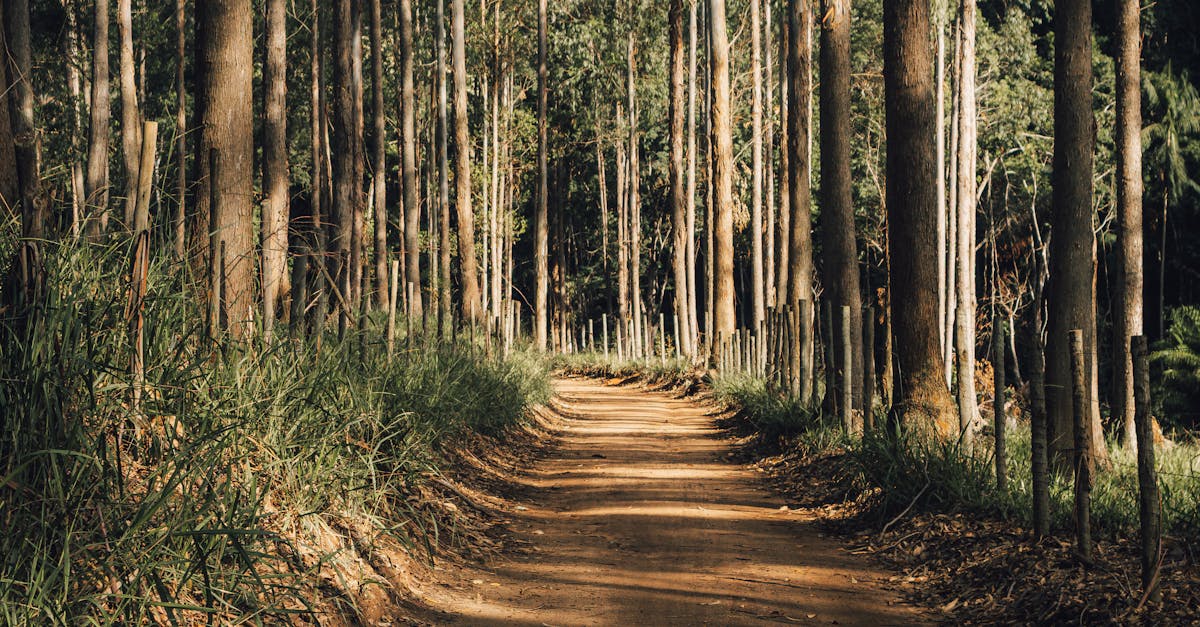Namdapha’s Realm
-
Elephant Sighting: Namdapha Tiger Reserve (NTR) in Arunachal Pradesh recorded its first sighting of an adult male elephant in 12 years. This is significant because it highlights potential changes in elephant movement patterns and habitat use within the reserve.
-
Migration Corridor Issues: Elephant migration between Namsai (Arunachal Pradesh) and Myanmar via NTR has been disrupted by encroachments since 1996. This is a critical issue as it confines elephants to northern areas and affects their access to resources and genetic diversity.
-
Elephant Conservation: India hosts a significant portion of the global Asian elephant population. Asian elephants are classified as Endangered, making conservation efforts like securing migration corridors vital for their survival.
-
Location and Recognition: NTR is located in the Changlang District of Arunachal Pradesh. It was declared a Wildlife Sanctuary in 1972 and later a National Park and Tiger Reserve in 1983. Understanding its protected status is important for recognizing conservation efforts.
-
Vegetation Diversity: NTR boasts a range of vegetation types including Northern Tropical Evergreen Forest, Moist Deciduous Forests, and Alpine Scrub Forests. Highlighting habitat diversity is crucial for biodiversity conservation and understanding the ecosystem.
-
River System: The Namdapha River flows through the reserve. Rivers are the lifelines of forests so the river helps in ecosystem support.
What’s an Asteroid?
-
Asteroids are rocky remnants from the solar system’s formation (4.6 billion years ago). Understanding asteroids helps us learn about the early solar system.
-
They are small, rocky objects orbiting the Sun, mainly in the asteroid belt between Mars and Jupiter. Asteroid location defines various types.
-
Asteroids vary greatly in size, from pebbles to hundreds of miles in diameter. This size difference affects their behavior and potential impact.
-
Some asteroids have moons, and binary/triple asteroid systems exist. This shows asteroids are more diverse than single rocky bodies.
-
A 14-year-old boy from Noida was recognized by NASA for provisionally discovering an asteroid, ‘2023 OG40.’ Highlights the role of citizen science in asteroid discovery.
-
The International Asteroid Discovery Project (IADP) enables citizen scientists to discover asteroids using software and datasets. IADP underscores importance of participation in hands-on astronomy.
-
Ceres is the largest asteroid. Indicates the size range when compared to other asteroids.
-
Asteroid impacts have shaped planetary geology and life on Earth. This shows their significant role in our history.
Sharavathy Macaques
-
Conditional Approval for Pumped Storage Project: The State Board of Wildlife has conditionally approved the Sharavathy Pumped Storage Project within the Sharavathy Lion-Tailed Macaque Sanctuary. This is significant because it indicates potential development pressures within a protected area.
-
Location and Composition: The sanctuary is situated in the Sharavathi River Valley of Sagar taluk, Shivamogga District, Karnataka, within the Western Ghats. It’s formed by combining the Sharavathi Valley Wildlife Sanctuary, Aghanashini Lion-Tailed Macaque Conservation Reserve, and adjoining reserve forests, highlighting a consolidated conservation effort.
-
Biodiversity Hotspot: The sanctuary is rich in flora like Dhoopa, Gulmavu and fauna including tiger, leopard, wild dog etc, making it a key area for biodiversity.
-
Lion-Tailed Macaque Protection: It’s a crucial habitat for the endangered Lion-Tailed Macaque, endemic to the Western Ghats. Any development within the sanctuary could directly impact this species, raising conservation concerns.
OECMs & KMGBF Targets
-
News: IUCN, WCPA, and WWF released “Guidance on Other Effective Area-based Conservation Measures (OECMs).”
-
Purpose: To guide conservation of land, water, and marine areas towards achieving Kunming-Montreal Global Biodiversity Framework (KMGBF) Target 3 (30% conservation by 2030).
-
What are OECMs: Geographically defined areas not protected areas, but managed for in-situ biodiversity conservation and ecosystem services. E.g., agricultural lands, forests.
-
OECM Criteria:
- Not a formal Protected Area.
- Flexible governance (government, private, Indigenous, local communities).
- Biodiversity conservation as a primary or secondary benefit.
- Sustained, long-term in-situ biodiversity conservation.
- Voluntary identification.
-
Significance: OECMs expand global conservation networks without strict protected area formalities.
-
OECMs vs. PAs:
- PAs: Primarily for biodiversity, legally protected.
- OECMs: Biodiversity incidental, voluntary, may lack formal protection.
- OECMs complement PAs, enhancing connectivity.
-
KMGBF: Adopted at CoP15, aims to halt/reverse biodiversity loss by 2030.
-
KMGBF Target 3: Restore at least 30% of degraded ecosystems. It refers to global efforts and not a requirement for each country to allocate 30% of its land and water.
-
India’s Biodiversity Targets: Align with KMGBF, including conserving 30% of areas, reducing invasive species, promoting sustainable consumption, etc.
-
Impact: OECM guidelines support KMGBF’s ambitious conservation goals.
Scent of Success
-
Focus on Northeast and J&K: The Aroma Mission prioritizes the Northeast region and Jammu & Kashmir (J&K) for development. This signifies a strategic emphasis on these regions for aromatic crop cultivation and industry growth.
-
Aroma Mission Overview: The mission aims to boost India’s aroma industry by promoting the cultivation of aromatic crops and the production of essential oils. Also known as the Lavender Revolution, the mission seeks to diversify agriculture and generate revenue.
-
Cultivation Focus: The mission concentrates on high-value aroma crops like lemongrass, lavender, vetiver, and palmarosa. This targeted approach ensures the production of essential oils with high market demand and profitability.
-
IICON Inauguration: The Incubation & Innovation Complex (IICON) at CSIR-NEIST, Jorhat provides advanced technologies and facilities to farmers. This supports innovation and helps farmers adopt modern practices for aromatic crop cultivation.
-
CSIR-NEIST Impact: CSIR-NEIST has introduced aromatic crops across 5,000+ hectares in the Northeast and established 39 essential oil distillation units. This demonstrates a significant expansion of aromatic crop cultivation and processing capabilities in the region.
-
Potential Economic Impact: The mission aims to produce over 2000 tonnes of high-quality essential oils worth more than Rs. 300 crores annually. This translates to substantial economic benefits from essential oil production.
-
Employment Generation and Increased Farmer Income: The mission is expected to generate 60 lakh man-days of rural employment and increase farmers’ income by Rs. 60,000 to 70,000 per hectare annually. The Aroma mission has a very high impact on the rural economy.
Asian Waterbird Census: Facts
-
Record Bird Count in Coringa: The Asian Waterbird Census (AWC) 2024 recorded 39,725 birds of 106 species in Coringa Wildlife Sanctuary and nearby wetlands. This highlights the area’s importance for waterbird populations.
-
Citizen Science Initiative: The AWC is a citizen-science program. This emphasizes that the public’s involvement is critical for monitoring and conserving wetlands and waterbirds.
-
International Collaboration: The AWC is part of the global International Waterbird Census (IWC), demonstrating a worldwide effort to track waterbird populations. Wetlands International coordinates the IWC.
-
Extensive Coverage: Originating in the Indian subcontinent in 1987, the AWC now covers a vast region of Asia. This wide geographical scope makes it crucial for understanding waterbird trends across flyways.
-
Flyway Focus: The census covers the East Asian-Australasian Flyway and a large part of the Central Asian Flyway. This is significant as it helps track migratory patterns and identify important staging areas.
-
Indian Implementation: In India, the Bombay Natural History Society (BNHS) and the Wildlife Institute of India (WII) conduct the AWC. These organizations play key roles in data collection and conservation efforts.
-
BNHS’s Role: The Bombay Natural History Society (BNHS) is a key non-governmental organization for biodiversity research and conservation in India. It’s a BirdLife International partner.
-
WII’s Mandate: The Wildlife Institute of India (WII) is an autonomous body under the Ministry of Environment, Forests, and Climate Change. Its involvement ensures governmental support for the census.
-
IWC’s Global Reach: The International Waterbird Census (IWC) operates in 143 countries. This underscores the global scale of waterbird monitoring.
ASER 2024: Key Findings
-
Modest Recovery in Foundational Literacy and Numeracy (FLN): After COVID-19 learning losses, ASER 2024 indicates a slight improvement in basic reading and math skills among students. This is important because FLN are crucial building blocks for future learning.
-
Government School Enrollment Fluctuations: Government school enrollment increased significantly during the pandemic but has slightly decreased in 2024, returning closer to pre-pandemic levels. This trend reflects shifting family choices and potential economic factors.
-
Private School Enrollment Steady: Private school enrollment in rural India has seen a steady increase since 2006.
-
Improved Arithmetic Skills: ASER 2024 shows a substantial increase in the percentage of Class 3 children able to do basic subtraction compared to both 2022 and pre-pandemic levels (2018). This signals an encouraging recovery and improvement in foundational math skills.
-
Reading Levels Approaching Pre-Pandemic Rates: Reading levels for Class 5 students are recovering, nearly matching pre-pandemic levels overall. However, private schools have not yet reached pre-pandemic levels. This highlights the need for targeted interventions in specific areas.
-
Digital Literacy vs. Educational Use: While most adolescents (14-16 years old) know how to use a smartphone, just over half use it for educational purposes. This indicates a need to bridge the gap between access and educational application of technology.
-
Increased Teacher and Student Attendance: ASER 2024 reports an increase in both teacher and student attendance in government elementary schools. Higher attendance generally correlates with improved learning outcomes.
-
ASER’s Purpose and Methodology: ASER is a household-based survey conducted annually by Pratham, assessing children’s schooling and learning levels in rural India. Its design includes all children, regardless of school enrollment or attendance status, offering a comprehensive view of education.
When-Listed Trading
- SEBI to Launch “When-Listed” Platform: The Securities and Exchange Board of India (SEBI) plans to introduce a “when-listed” platform.
- Purpose: To facilitate trading of shares after an IPO closes but before official listing on stock exchanges.
- Goal: To curb activity in the unregulated grey market, which influences IPO listings.
- Current Listing Timeline: Shares are listed within T+3 days (T being the IPO closing day), with allotment on T+1.
- Grey Market Defined: Unofficial trading of securities before exchange listing, driven by supply and demand.
- Grey Market Influence: Investors use grey market premiums to gauge IPO interest.
- Grey Market Problem: Largely unregulated and can significantly influence listing outcomes.
- Platform Function: The “when-listed” platform is intended to provide a regulated alternative to grey market trading during the period between allotment and listing.
- Listed vs. Unlisted: Listed companies are regulated by SEBI; unlisted companies follow less stringent regulations.
ASER 2024: Elem. Ed.
- ASER 2024 Released: Pratham Foundation’s report reveals insights into schooling and learning in rural India based on a survey across 605 districts, reaching 649,491 children.
- Pre-primary Enrollment Up: Enrollment in pre-primary institutions for 3-5 year olds has increased since 2018.
- Elementary Enrollment Slightly Down: Overall enrollment for 6-14 year olds dipped slightly, with a decline in government school enrollment.
- Reading & Arithmetic Skills Improving: Std III students in government schools showed improved reading abilities, and Std VIII students demonstrated better arithmetic skills. Arithmetic abilities improved more than reading skills, with government schools showing faster progress than private schools.
- Dropout Rates Decreasing: Dropout rate for 15-16 year olds decreased significantly between 2018 and 2024.
- Smartphone Access High: Nearly 90% of 14-16 year olds have smartphone access, used for both education and social media.
- FLN Activities Implemented: Over 80% of schools implemented FLN activities, with teacher training provided.
- Attendance Improving: Student and teacher attendance has increased since 2018.
- Infrastructure Improvements: Slight improvements in usable girls’ toilets and drinking water availability in schools.
- State-Level Differences: Significant variations in learning outcomes and improvements across states since the pandemic.
- Elementary Education Significance: Foundation for future learning, development of social skills, and personal growth.
- Infrastructure Challenges: Many schools lack electricity and functional toilets.
- Technology Access Limited: Disparity in computer access between government and private schools.
- Teacher-Student Ratio Issues: Many schools have only one teacher.
- Social Divides: Caste, class, rural-urban, religious, and gender disparities affect education quality.
- Language Barriers: Lack of materials in regional languages limits access.
- Government Initiatives: Various programs like Sarva Shiksha Abhiyan and NEP 2020 are in place.
- Way Forward: Early Intervention, Literacy Programs, School Access, Parental Education.
Arribada
-
Mass Nesting Event: Olive Ridley turtles are expected to arrive at the Rushikulya River mouth in Odisha for mass nesting (arribada), crucial for the species’ conservation.
-
Arribada: This synchronized mass nesting behavior sees thousands of females nesting simultaneously. They travel long distances (9,000 km from Pacific to Indian seas).
-
Key Nesting Sites in India: Rushikulya, Gahirmatha, Devi River mouth in Odisha, and Andaman Islands; Gahirmatha is the largest rookery.
-
Appearance: Olive or grayish-green with a heart-shaped carapace; resemble Kemp’s ridleys.
-
Habitat: Tropical Pacific, Indian, and Atlantic Oceans; both pelagic and coastal waters.
-
Reproduction: Females nest multiple times per season, laying ~100 eggs per clutch. Hatchling sex is temperature-dependent.
-
Diet: Omnivorous; eat jellyfish, snails, crabs, algae, and fish.
-
Protection Status:
- Wildlife Protection Act, 1972: Schedule 1
- IUCN Red List: Vulnerable
- CITES: Appendix I
-
Threats: Bycatch in fishing gear, poaching, habitat loss, coastal development, plastic ingestion, and climate change.
-
Conservation Initiatives:
- Operation Olivia (Indian Coast Guard) to prevent illegal trawling.
- Mandatory Turtle Excluder Devices (TEDs) in trawls.
- Tagging for tracking and habitat protection.
Organophosphates
-
Recent Deaths in J&K’s Baddal Village: Doctors suspect organophosphate poisoning as a potential cause of 17 recent deaths that created panic among villagers.
-
What is Organophosphate: A chemical commonly used in pesticides and insecticides. Absorbed through inhalation and ingestion.
-
How Organophosphate works: They are chemical compounds created through esterification using phosphoric acid and alcohol. Used to protect crops from pests and control insect-borne diseases. Also used in manufacturing plastics and solvents.
-
Impact on Human Health: Disrupts nerve signal transmission, potentially causing fatal neurotoxicity. Can damage nerve fibers and inhibit “neuropathy target esterase.”
-
Esterification: The chemical reaction that produces organophosphates by combining alcohol and acid to form an ester.
-
Uses: Primary component of herbicides, pesticides, and insecticides.
-
Examples: Malathion, Sarin, and VX are examples of organophosphate drugs.
-
Antidotes: Atropine and pralidoxime.
-
Advantage: Relatively fast degradation rates, making them considered safe for use on crops and animals.
Lezim
-
Controversy: A Lezim dance scene in the upcoming Bollywood film Chhava, based on Chhatrapati Sambhaji Maharaj’s life, has sparked controversy in Maharashtra.
-
What is Lezim? It is a folk dance from Maharashtra. The dance is both physical exercise and dance drill.
-
Lezim Instrument: The dance is named after the Lezim, a musical instrument which is a wooden stick with jingling cymbals attached, carried by the dancers. Dholki used as percussion music.
-
Performance Aspects: Performed in formations (twos, fours, or circles), accompanied by a dhol or dhalgi. Originally no songs used in lezim, but later a song is sung.
-
Traditional Use: Lezim earlier used in folk dance, today it is primarily used in Ganesha procession.
-
Chhatrapati Sambhaji Maharaj: Eldest son of Chhatrapati Shivaji Maharaj; came to power in 1681. Contemporary of Mughal emperor Aurangzeb.
-
Health Benefits: Lezim dance has numerous health benefits, including improved cardiovascular health.
-
Types of Lezim: Military lezim (martial art form), talathekya, and samanyajananna are the main types.
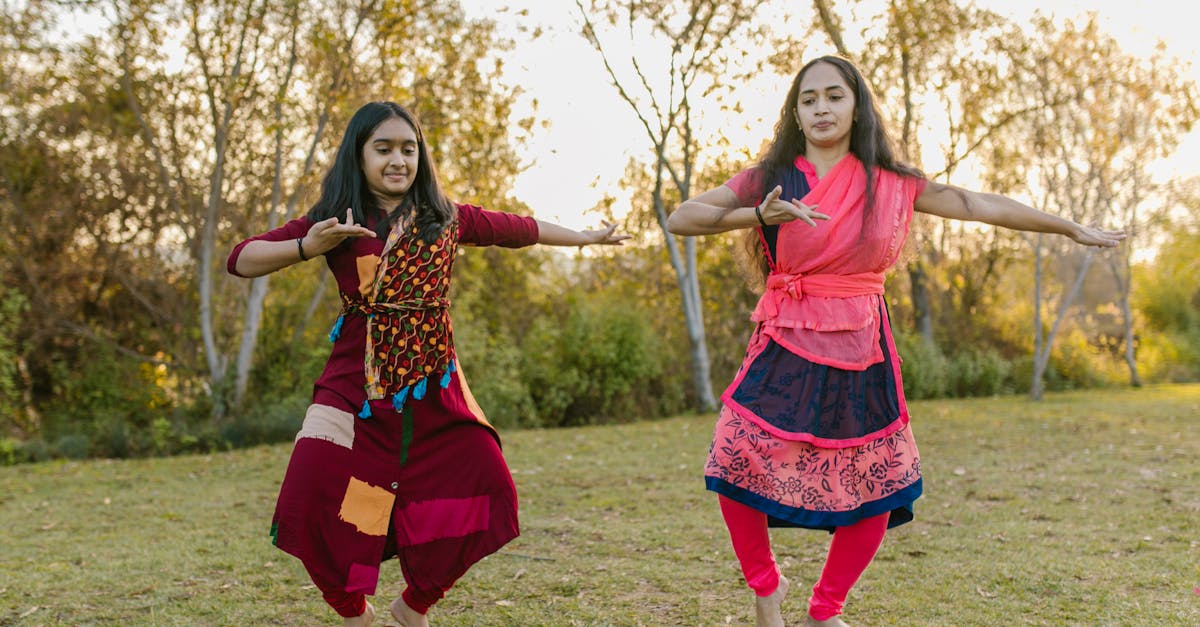
Indian Squid
-
Gene Expression Decoded: Researchers at the Central Marine Fisheries Research Institute, Kochi, have decoded the gene expression pattern of the Indian squid (Uroteuthis duvaucelii). This is significant as it provides insights into the squid’s biology and potentially its response to environmental changes.
-
Also known as Indian Calamari: The Indian squid, or Indian calamari, is a cephalopod species common in Indian coastal waters. This is important for identifying and understanding the species.
-
Advanced Cephalopod: Squids, including the Indian squid, are known for their advanced nervous systems, problem-solving skills, and behaviors like camouflage and jet propulsion. This highlights the squid’s unique biological traits.
-
Physical Characteristics: Typically 20-30 cm long (up to 50 cm), light pinkish-gray with two large fins, eight arms, and two longer tentacles. These physical traits aid in species identification.
-
Habitat and Depth: Found in the Indian Ocean at depths of 100-500 meters, sometimes as deep as 1,500 meters. This helps to define the squid’s ecological niche. Prefers areas with high levels of dissolved oxygen.
-
Distribution: Occurs in the Indo-West Pacific, from Mozambique to Taiwan. This maps its geographical range.
-
Conservation Status: IUCN lists the Indian squid as “Least Concern.” This indicates that the species is not currently threatened, but monitoring is still important.
-
Commercial Importance: Loligo duvauceli (synonym for Uroteuthis duvaucelii) is the most abundant and commercially important squid species.

UNRWA
-
UNRWA’s Mandate: Established in 1949 by UN General Assembly Resolution 302 (IV) to provide relief and human development for Palestinian refugees. Its mandate has been repeatedly renewed, most recently until June 30, 2026.
-
Operational Goal: To aid Palestinians who lost homes and livelihoods during the 1948 Arab-Israeli war following the establishment of Israel. It later expanded to include those displaced in and after the 1967 Six-Day War.
-
Direct Service Delivery: Unlike many UN agencies, UNRWA directly provides services, including education, healthcare, relief, social services, camp infrastructure, microfinance, and emergency assistance.
-
Reach: Supports over five million registered Palestinian refugees and their descendants in Jordan, Lebanon, Syria, Gaza Strip, and West Bank (including East Jerusalem).
-
Headquarters: Located in Amman and Gaza. Originally in Beirut, then Vienna, before moving to Gaza in 1996 to support the Arab-Israeli peace process.
-
Funding: Primarily funded by voluntary contributions from UN member states, with some funding from the UN regular budget. Reports directly to the UN General Assembly.
-
Gaza Control: The Gaza Strip is primarily controlled by Hamas since 2007.
-
Palestinian Currency: Palestine does not have its own currency, primarily using Israeli shekels, US dollars, and Jordanian dinars.
-
Language: Palestinian Arabic is the official and primary language spoken by Palestinians.
Algal Blooms
-
Increasing HABs in India: India’s biodiverse coastline is facing a rise in Harmful Algal Blooms (HABs).
-
What are HABs: These are excessive algal growths visible to the naked eye, occurring in various water types (fresh, marine, brackish).
-
Not all blooms are harmful: Most algal blooms are beneficial, serving as food for marine life. HABs are those with the potential to harm human or ecosystem health.
-
Causes of HABs: Triggered by warmer water temperatures and nutrient pollution from sources like fertilizers and sewage.
-
Types of Algae Involved: Cyanobacteria, dinoflagellates, and diatoms are the most frequent culprits in HABs causing illness.
-
Impacts of HABs:
- Toxin production leading to disease in vertebrates.
- Oxygen depletion in water, causing marine life death.
- Sunlight blockage, affecting underwater organisms.
-
Red Tides: A specific type of HAB caused by rapid growth of algae, often dinoflagellates like Karenia species.
-
Harmful Effects on Humans: Exposure can cause gastrointestinal issues, skin/eye irritation, allergic reactions, and breathing difficulties.
Kailash Pilgrimage
-
Revival of Kailash Mansarovar Yatra (KMY): India and China have agreed to resume the annual pilgrimage.
-
Significance of Mount Kailash: The mountain, located in Tibet, is sacred to Hindus, Buddhists, Jains, and Bons.
-
Yatra Routes: India organizes the KMY via Lipulekh Pass (Uttarakhand) and Nathu La Pass (Sikkim).
-
Religious Importance:
- Hinduism: Abode of Lord Shiva and Goddess Parvati.
- Buddhism: Cosmic axis (Mount Meru).
- Jainism: Ashtapada, where Rishabhanatha attained enlightenment.
-
Geographical Significance: Source of major rivers: Sutlej, Brahmaputra, Kamali, and Indus. Lake Mansarovar is at its base.
-
Unclimbed Peak: Mount Kailash remains unclimbed due to its sacred nature, despite being lower than Mount Everest.
Why these are in the news: The resumption of the KMY signifies improved relations between India and China, allowing pilgrims to visit the religiously significant site. Its importance to multiple religions as well as the geographical significance of the area give it further relevance.
Smartphone Impact: Teens
- Early Smartphone Use & Mental Health Decline: A study reveals a link between starting smartphone use early (ages 13-17) and worsening adolescent mental health, including increased aggression, anger, and detachment from reality.
- Online Risks: Early access exposes children to inappropriate content, disrupts sleep, and reduces crucial in-person social interactions.
- Gender Differences: Adolescent girls are more vulnerable, reporting higher rates of distress. Mental well-being decline is slower in India compared to the US, with only females in India showing decline while both genders in US show decline.
- Positive Impacts of Digital Access: Enhanced learning opportunities, personalised learning, skills development, social connection, and access to support.
- Negative Impacts of Digital Access: Sedentary behavior, screen addiction (causing anxiety, depression), privacy violations, cyberbullying, FOMO, reduced social interaction, violence exposure.
- India’s Initiatives for Online Safety: POSCO Act (sexual offenses), CHILDLINE 1098, digital literacy programs in schools, IT Act (punishment for online CSAM), Cyber Crime Prevention against Women and Children (CCPWC) project. Productive Digital Access such as DIKSHA and PM eVidya.
- Way Forward: Implement Child Online Safety Toolkit, delay smartphone ownership (aim for at least 8th grade), enforce stronger regulations (like age verification/parental consent), promote digital literacy, increase mental health support (tele-helplines).
UNCTAD Investment Trends
-
Why in News: UNCTAD’s Global Investment Trends Monitor 2024 reports an 8% decline in global Foreign Direct Investment (FDI), threatening funding for critical sectors needed for Sustainable Development Goals (SDGs).
-
Global FDI Trends: Overall FDI increased by 11%, but excluding conduit economies (tax avoidance havens), it decreased by 8%.
-
Developed Economies: FDI surged (43%) but fell (15%) excluding conduit flows.
-
Developing Economies: FDI declined by 2% after a 6% drop in 2023.
-
Regional Trends:
- Europe: FDI dropped 45% (excluding conduit economies).
- North America: FDI rose 13%.
- Africa: FDI surged 84%, driven by a large project in Egypt.
- Asia: FDI decreased by 7%, with China declining 29%, ASEAN rising 2%, and India rising 13%.
-
SDG Investments: Investments in SDG-related sectors decreased by 11%, impacting areas like renewable energy, infrastructure, and water/sanitation. Renewable energy project finance slowed significantly.
-
2025 Outlook: Global FDI is expected to grow moderately, driven by the US and EU. ASEAN, Eastern Europe, West Asia, North Africa, and Central America may benefit from supply chain shifts. India expects moderate FDI growth due to improved financing, M&A, and reforms.
-
Influencing Factors: FDI growth depends on GDP, trade, inflation, geopolitics, technology, and policy.
-
India’s FDI: Totalled USD 1,033.40 billion between April 2000 and September 2024. From 2014 to 2024, India attracted USD 667.4 billion in cumulative FDI, a 119% increase.
-
India’s FDI Opportunities: Large market, growth, favorable demographics, government initiatives, and strategic location.
-
India’s FDI Challenges: Regulatory hurdles, infrastructure gaps, and rigid labor laws. India expects technology transfer, job creation, and sustainable investments from investors.
Aadhaar for Trees
- Initiative: The Jammu & Kashmir government has started a “Tree Aadhaar” mission for the region’s Chinar trees.
- Purpose: To conserve Chinar trees through geo-tagging, mapping, and providing unique IDs. This aims to prevent unauthorized cutting.
- Process: Over 28,560 trees have been geo-tagged. Each tree receives a QR code with details like location, health, and potential threats. This utilizes GIS technology.
- Significance of the Chinar Tree: It’s the state tree of J&K, a major tourist attraction, and culturally significant in local art and crafts.
- Tree Characteristics: It’s a deciduous tree that can grow up to 30 meters tall and has a long lifespan. It takes 30-50 years to mature.
- IUCN Status: The Chinar is currently listed as Data Deficient.
- Mission Details: The “Tree Aadhaar” mission was launched in 2021.
NHM Achievements
-
Why in News: The Central Government released a 2021-24 assessment report on the National Health Mission (NHM), highlighting progress in healthcare access and addressing health challenges, including COVID-19.
-
Human Resource Expansion: NHM engaged over 12 lakh additional healthcare workers (medical officers, nurses, specialists, CHOs, AYUSH doctors) from FY 2021-24. 1.56 lakh Ni-kshay Mitra volunteers supported over 9.4 lakh TB patients.
-
Mortality Rate Reduction: Significant declines since 1990: MMR decreased by 83%, U5MR by 75%, and IMR decreased from 39 (2014) to 28 (2020) and TFR dropped from 2.3 (2015) to 2.0 (2020).
-
Disease Control: TB incidence reduced by 17.7% (2015-2023), mortality decreased by 21.4%. Kala-azar elimination achieved. Malaria cases declined initially in 2021, but rose in 2022 & 2023, though deaths decreased.
-
Vaccination Campaigns: Measles-Rubella Elimination Campaign achieved 97.98% coverage with Intensified Mission Indradhanush (IMI) 5.0. Over 220 crore COVID-19 vaccine doses administered (Jan 2021–Mar 2024). The U-WIN platform tracked vaccination in real-time.
-
Healthcare Infrastructure: 7,998 public health facilities certified under National Quality Assurance Standards (NQAS). 1.72 lakh Ayushman Arogya Mandirs operational.
-
Specialized Initiatives: Pradhan Mantri National Dialysis Programme (PMNDP) delivered 62.35 lakh hemodialysis sessions benefiting 4.53 lakh patients. National Sickle Cell Anemia Elimination Mission (NSCAEM) screened 2.61 crore individuals.
-
National Health Mission (NHM): Launched in 2013, integrates NRHM and NUHM, focusing on vulnerable populations. Key initiatives include RMNCH+A, disease control programs (TB, malaria), and non-communicable disease prevention.
